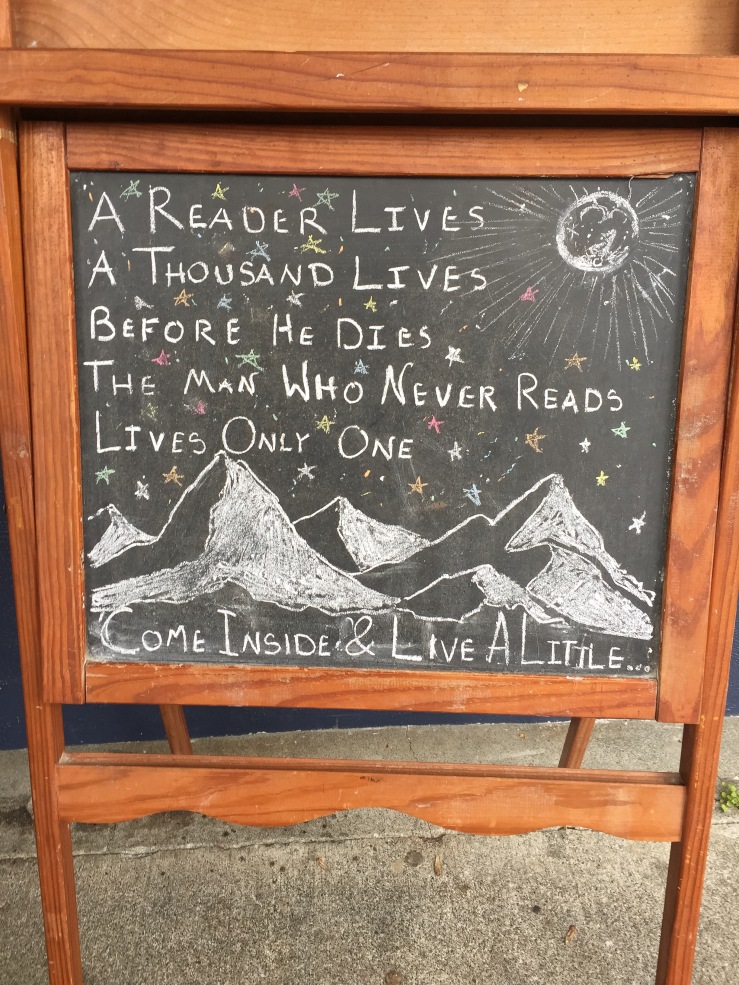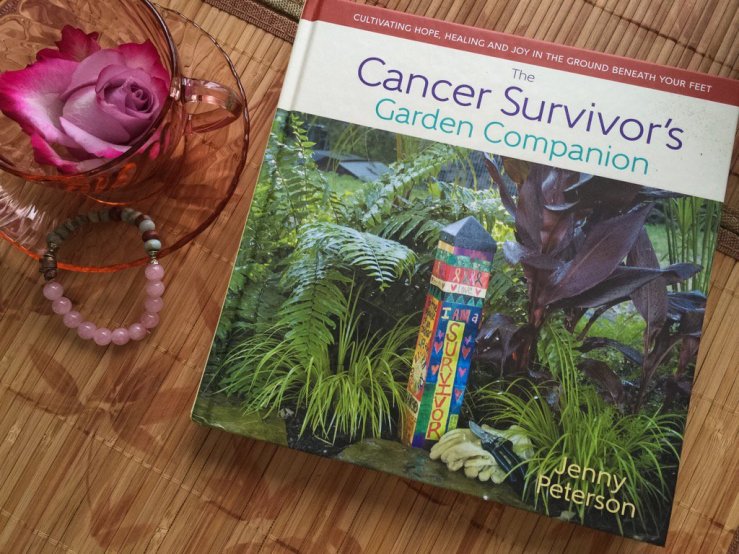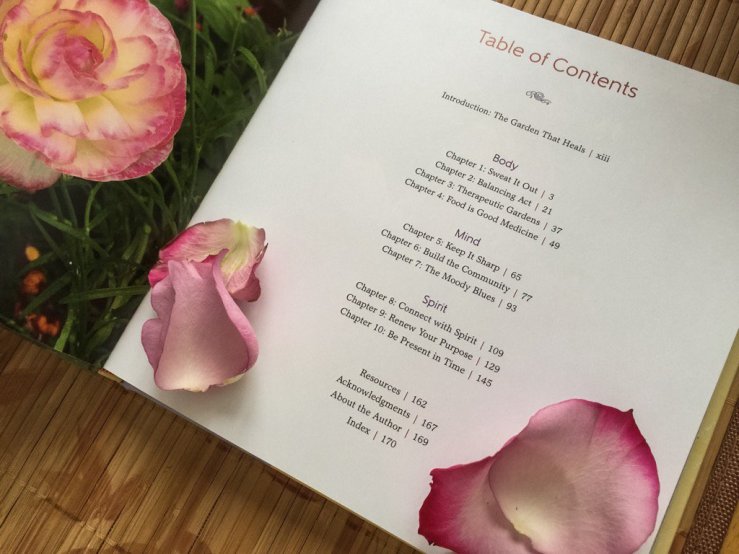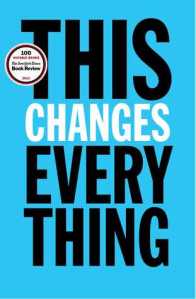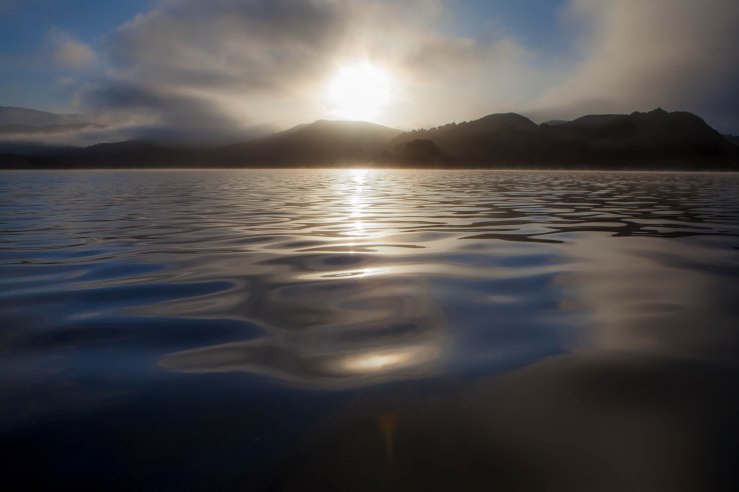
I’ve been wondering how to render my long, isolating, pandemic days so they are meaningful, enjoyable, and conducive to doing the deep writing and other work I’ve been wanting to do.
It just so happens that a friend of mine recently published an essay about her practice of observing sacred pauses throughout the day based on the Benedictine practice of marking the hours. She does so not for religious purposes, but to structure and inspire her days and to be in touch with the cycles of the natural world.
Her essay motivated me to see if this approach might be helpful. Plus, I’ve long been interested in books of hours which, originally, were personalized medieval Christian prayer books that marked the sacred hours of the day.
I tracked down a used copy of a book Louisa recommended by Macrina Wiederkehr, Seven Sacred Pauses: Living Mindfully Through the Hours of the Day.
Macrina led me to David Steindl-Rast’s book, Music of Silence: A Sacred Journey Through the Hours of the Day.
Both books are rich and motivating, a pleasure to read in small bits. You don’t have to be religious to structure your day around these sacred pauses; you can make the practice your own, and I think you’ll find many unexpected benefits.
I’ve been delving into these books of hours and taking sacred pauses while also renewing my mindfulness meditation practice (with the help of an online class offered by the teacher who originally got me into meditation over a dozen years ago.) Mindfulness mediation and marking the sacred hours are both concerned with consciously embracing the present moment. The two pursuits complement each other.
Here are some of my favorite passages from David Steindl-Rast’s book:
“….the hours of their days and nights have turned into couriers for them, each with a distinctive dispatch.” “…each hour had a character and presence infinitely richer and more complex than our sterile clock time.” “The hours are the inner structure of living consciously and responsively through the stages of the day.”
“The original notion of hour is something quite different from a unit of time composed of sixty minutes. It is not a numerical measure; it is a soul measure.”
“…time is not conceived as running out, but as rising like water in a well, rising to that fullness of time that is now. It is to that centered, present living in the now that chant calls us.”

And these from Macrina’s book:
“God’s angels companion you on your pilgrimage through the day. You are never alone. Pausing to remember such truths changes the hours to gold.”
“Even if you have a lot of work to do, if you think of it as wonderful, and if you feel it as wonderful, it will transform into the energy of joy and fire, instead of becoming a burden.” – Tulku Thondup Rinpoche, as quoted in Seven Sacred Pauses.

The sacred pauses:
Matins or Vigils (The Night Watch) “Vigils is a time of exquisite beauty. It is a time for waiting and watching under the mantle of mystery.” DS-R
Lauds or Morning Prayer (Daybreak, The Awakening Hour) “Dawn is like medicine, and morning is a healing drink that I have to brew in my heart just as I brew my coffee.” MW
Prime (About 6 am, Deliberate Beginning) “…the monastic attitude is to begin deliberately and to do anything we do with an even, stately pace and with whole-hearted attention. This is how master artisans, weavers, experienced farmers, and other sage laborers work. That way even difficult tasks can be done leisurely and with joy, for their own sake. And then they become life-giving.” DS-R
Terce (9 am, The Blessing Hour) “Imagine you are sitting at the dawn of your workday watching your creativity blossom. Rather than trying to grab the first blossom you seek, spend time beholding that blossom and looking at it from all angles. Prayerfully reflecting on the first blossom of your day will awaken other ideas that are in the budding stage.” MW
The Sixth Hour (Noon, The Hour of Illumination; Fervor and Commitment) “The hour is rousing us to summon the courage to stay the course, to remain true to our ideals through the rest of the day.” DS-R
None (3 pm, The Wisdom Hour) “Our doing flows out of our being, and that is why it is necessary for us to learn to pause.” MW
Vespers or Evensong (Early evening, The Twilight Hour) “The way that we can actively bring the spirit of Vespers into everyday life is to light whatever lights we can in this dark world.” DS-R
Compline: (Just before retiring, Entering the Great Silence) “Preparing for the night, for going into the realm of dreams, we pray for good dreams: nourishing dreams, teaching dreams.” DS-R

Christ Church in Rochester, NY, which draws upon many fine musicians, singers and composers from the Eastman School of Music, has been streaming great music during the pandemic. I like the description of this short Bach piece and its moods by organist David Higgs almost as much as I like the piece itself:
A Letter from the virus
The powerful, poignant video letter from the coronavirus at the link below is pure poetry. Please listen: our troubled times could be viewed as one gigantic pause imposed on us by the virus for the most sacred of purposes. This version is narrated in beautiful Italian with English subtitles – as the poet I’m linking to suggests, the Italian version has more urgency and poetry than the English version:
https://www.jhwriter.com/a-letter-from-the-virus-italian-with-english-subtitles/
“We have a right to feel at home here in the universe.” David Steindl-Rast
Coming up on Books Can Save a Life: A luscious, luscious newly published book. (Think: flowers; floral masterpieces; color; design; creativity; art; literature; deep ecology; learning how to see; things of the spirit.)

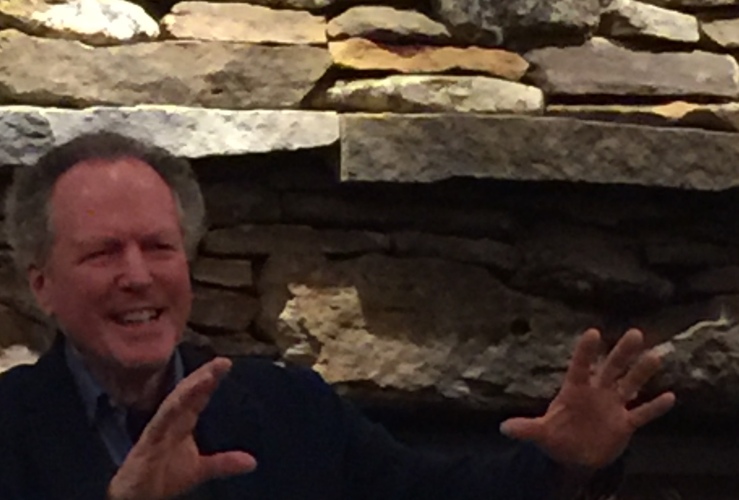

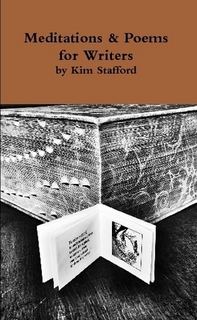

 In
In 